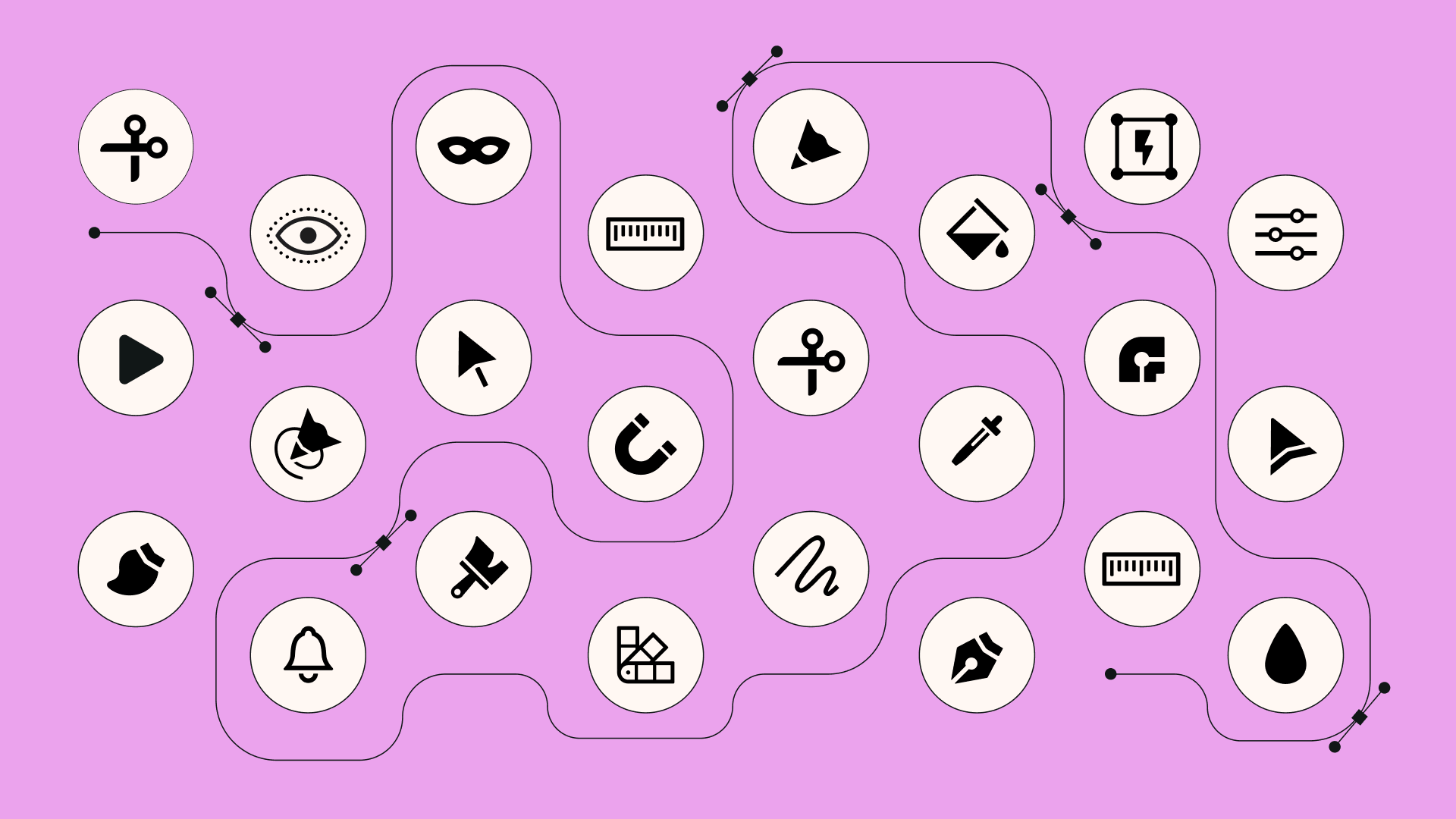From revolutionizing our understanding of typography to changing the way we approach editorial design, and design education in general—It’s hard to over-emphasize the importance of the Bauhaus school.
The Bauhaus was more than a design school. It was a movement and one that set out to bring craftspeople of all disciplines together. The movement so radically altered how we view design that, today, it’s a style and philosophy all of its own. It’s also an endless fount of inspiration for anyone working creatively.
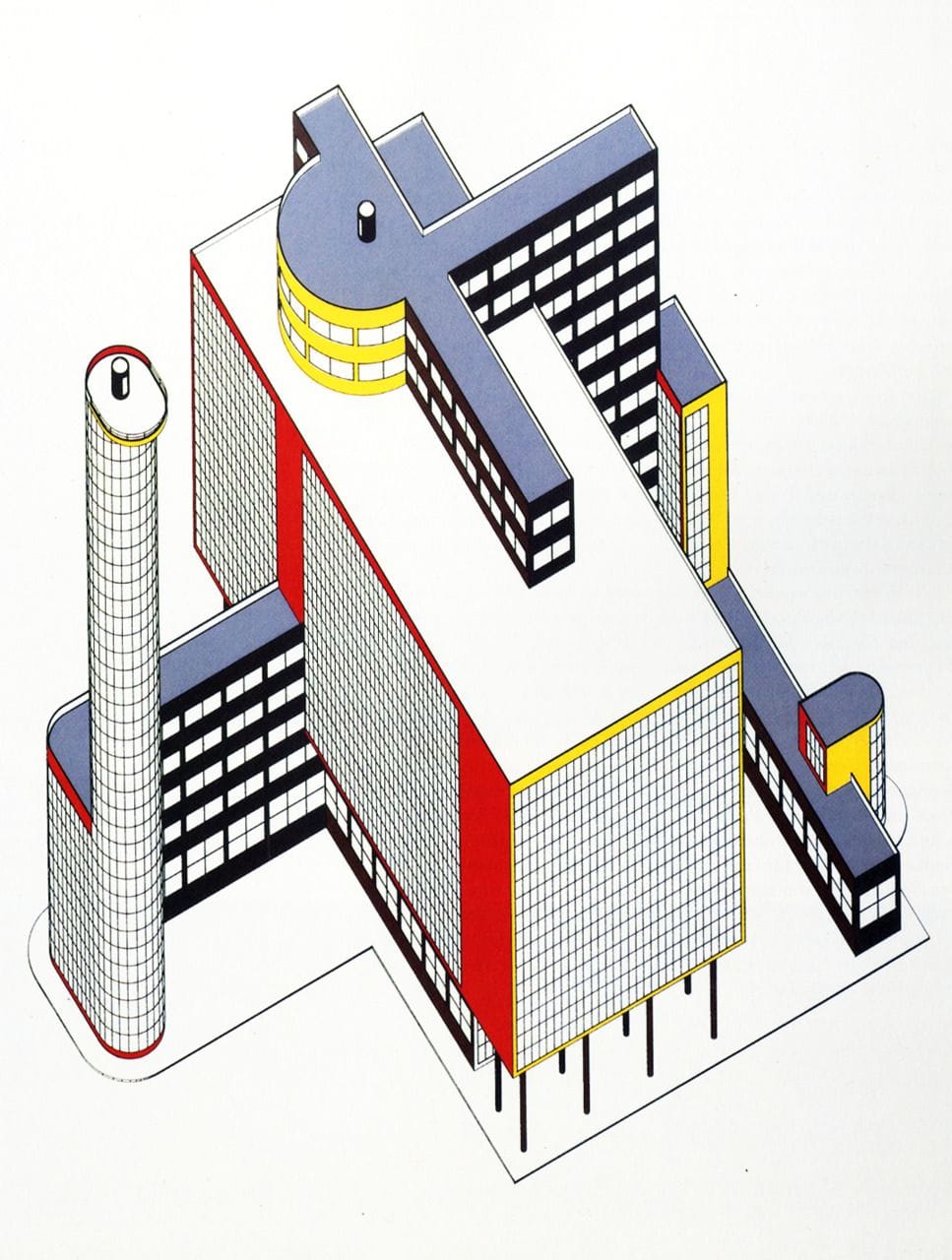
‘So let us therefore create a new guild of craftsmen, free of the divisive class pretensions that endeavored to raise a prideful barrier between craftsmen and artists! Let us strive for, conceive and create the new building of the future that will unite every discipline, architecture and sculpture and painting, and which will one day rise heavenwards from the million hands of craftsmen as a clear symbol of a new belief to come.’—Walter Gropius, architect and founder of the Staatliches Bauhaus, in the Bauhaus Manifesto
The history of the Bauhaus school provides insight into what the Bauhaus style came to stand for. It shook the world of architecture, furniture, and industrial design. But one of its most fascinating legacies lies in graphic design—something the Linearity team can’t get enough of.
Want to understand the story of Bauhaus and how you can incorporate it into your graphic design projects? Let’s take a look back.
Jumpstart your ideas with Linearity Curve
Take your designs to the next level.
Typography at the Bauhaus
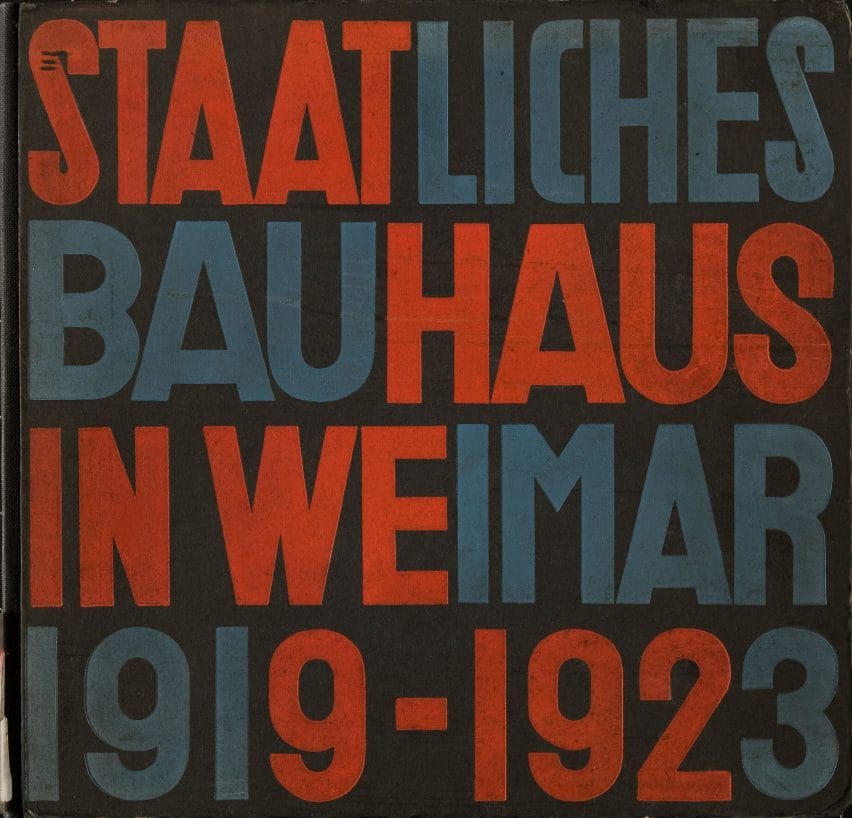
Typography was central to the Bauhaus ethos—a discipline that Herbert Bayer, one of its most influential proponents, would transform forever. Bayer and his contemporaries revolutionized how we perceive and use type, departing from the ornate black letter typefaces like Fraktur used at the time in Germany.
As a whole, Serif typefaces were deemed unnecessary, with the clean, geometric forms of Sans Serif typefaces more representative of the school’s principles of simplicity and clarity.
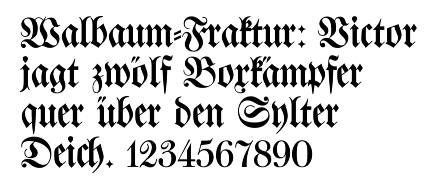
The Bauhaus’ typographic story is largely not about inventing new typefaces. Universal Type, however, was one of Bayer’s great innovations. It set out with the ambition to create a universal typeface—one that could transcend language barriers and communicate with universal clarity.
It was a groundbreaking achievement that laid the foundation for modernist typography. Universal Type did away with any decorative elements—even uppercase letters, which Beyer considered an unnecessary complication.
“It was much easier to undo traditional concepts since most of us had not received traditional training as typographers and thus were not limited by received ideas."—Herbert Bayer
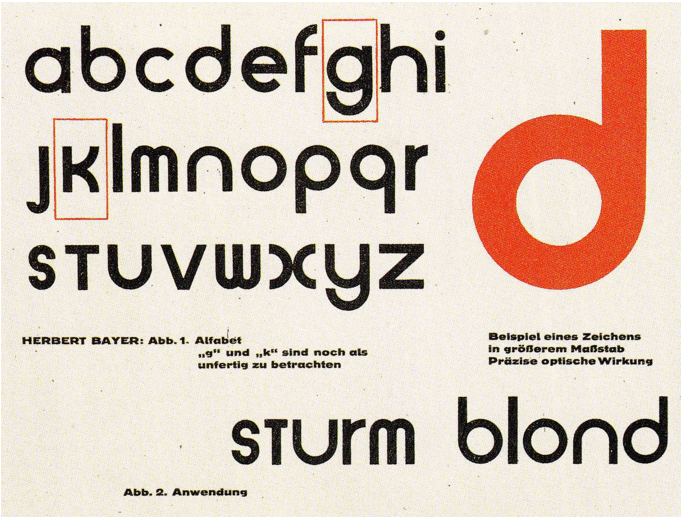
While Herbert Bayer's contributions to Bauhaus typography are undeniable, the period also witnessed the widespread adoption of other new fonts that were developing at the time.

One typeface that gained prominence during this period was Futura, designed by Paul Renner in 1927.
Futura's geometric forms and emphasis on simplicity and readability aligned perfectly with the Bauhaus philosophy, making it a popular choice for publications, posters, and other graphic design projects.
Another notable font that emerged during the Bauhaus era was Kabel, designed by Rudolf Koch in 1927.
Kabel's distinctive letterforms, inspired by the sleek lines of modern machinery and architecture, reflected the Bauhaus's fascination with technology and industrial progress.

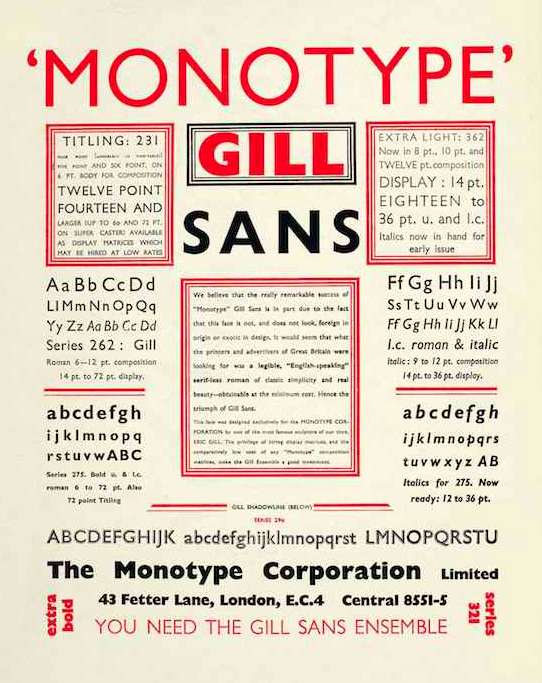
In addition to Futura and Kabel, Bauhaus designers experimented with other typefaces, such as Gill Sans, designed by Eric Gill in 1928.
Each of these fonts brought unique characteristics to the typographic landscape and the way they were applied in Bauhaus graphic and poster design.
Bauhaus publication and poster design
The period saw a radical reimagining of publication and poster design, spearheaded by polymath designers such as Bayer and his contemporaries László Moholy-Nagy and Jan Tschichold.
Bayer's contributions to publication design were particularly influential. His work for the Bauhaus Journal (or Bauhaus Zeitschrift), which ran from the school’s opening in 1926 until 1931, exemplified minimalist layouts, geometric compositions, and experimental use of typography.
It transformed the magazine into a visual manifesto for the Bauhaus movement and showcased the school's programs, designs, and philosophical ideals.
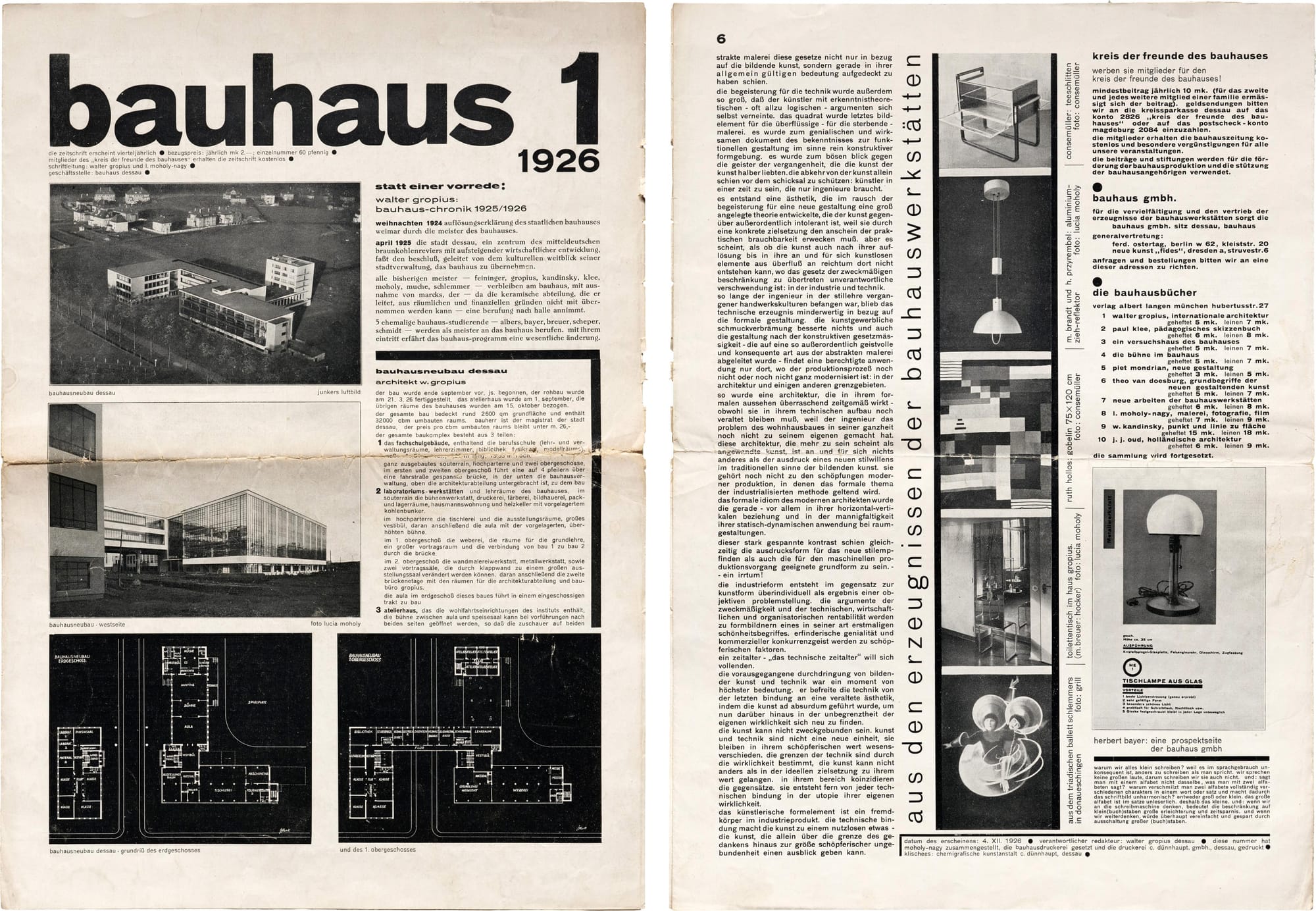
László Moholy-Nagy played a pivotal role in advancing Bauhaus poster design. His posters for Bauhaus exhibitions and events captured the spirit of the movement. Moholy-Nagy's historic experimentation with photomontage and overlay techniques pushed the boundaries of poster design and continues to influence art and advertising today.
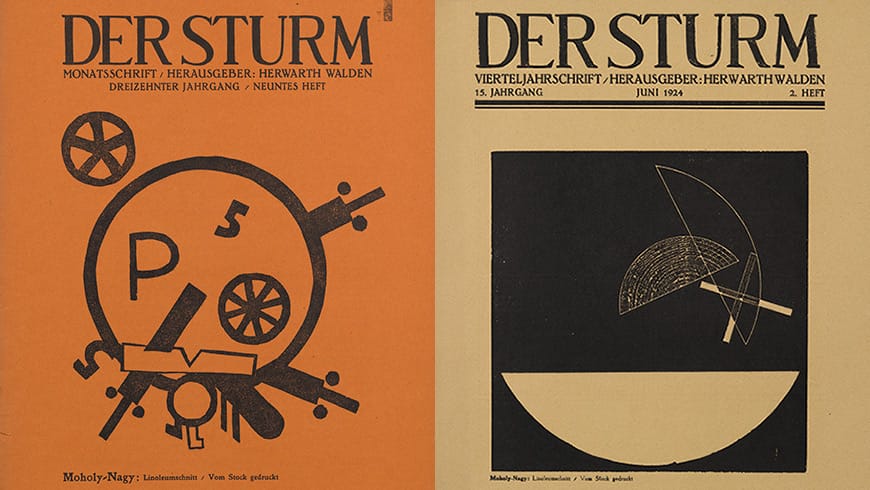
Jan Tschichold, another luminary of Bauhaus typography and graphic design, made significant contributions to publication design through his work on the "New Typography" movement.
In publications such as Die Neue Typographie (“The New Typography”), published in 1928, Tschichold advocated for a more rational and functional approach to typography. He laid the groundwork for modern editorial design.
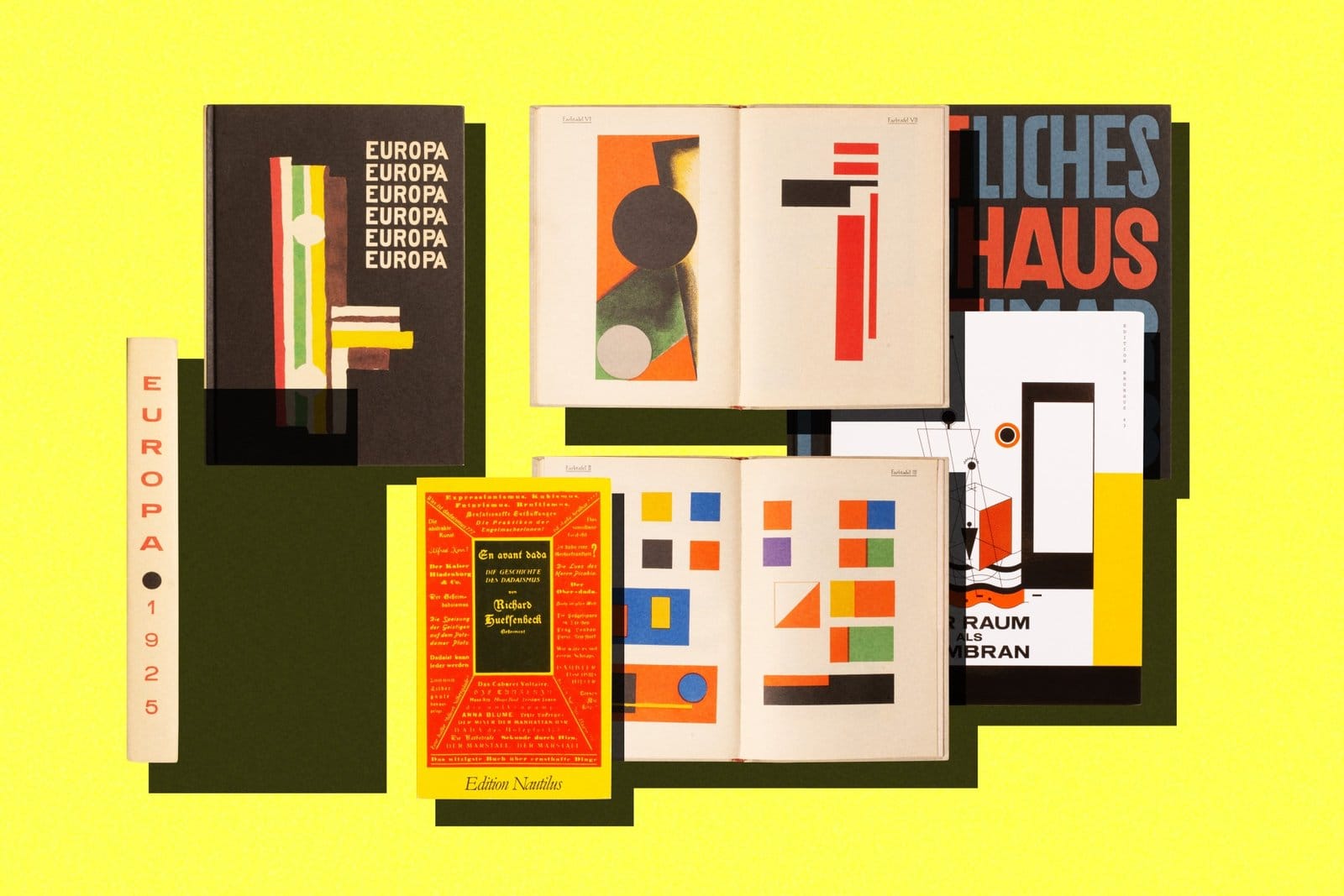
Bayer, Moholy-Nagy, Tschichold, and their Bauhaus contemporaries revolutionized the way we think about publication and poster design, setting new standards for clarity, innovation, and visual communication that continue to resonate.
Bauhaus future: the influence of Bauhaus on contemporary typography design
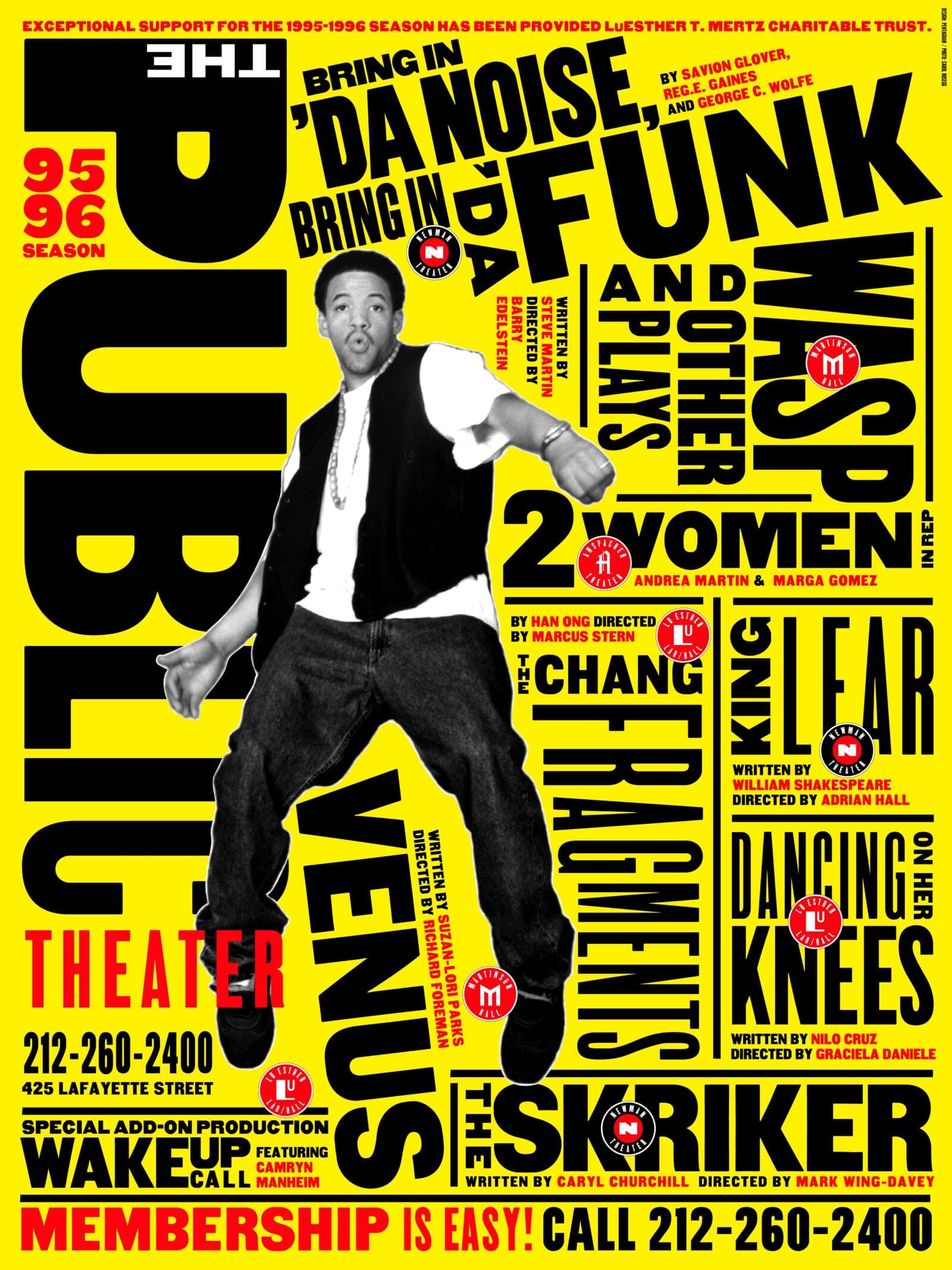
The legacy of Bauhaus typography reverberates through the work of contemporary designers, who draw inspiration from its principles to create bold, impactful typography for the digital age.
Her poster designs for the Public Theater in New York City in the 90’s are exemplary. The influence of Bayer and Moholy-Nagy on Scher’s work is unmistakable.
The endurance of Bauhaus principles demonstrates how they can be applied to create dynamic and engaging typographic solutions that resonate with contemporary audiences.
Designer Jonathan Barnbrook pays homage to Bauhaus typography in his typefaces Bastard and Mason, demonstrating how Bauhaus-inspired typography can be structural but maintain charm.
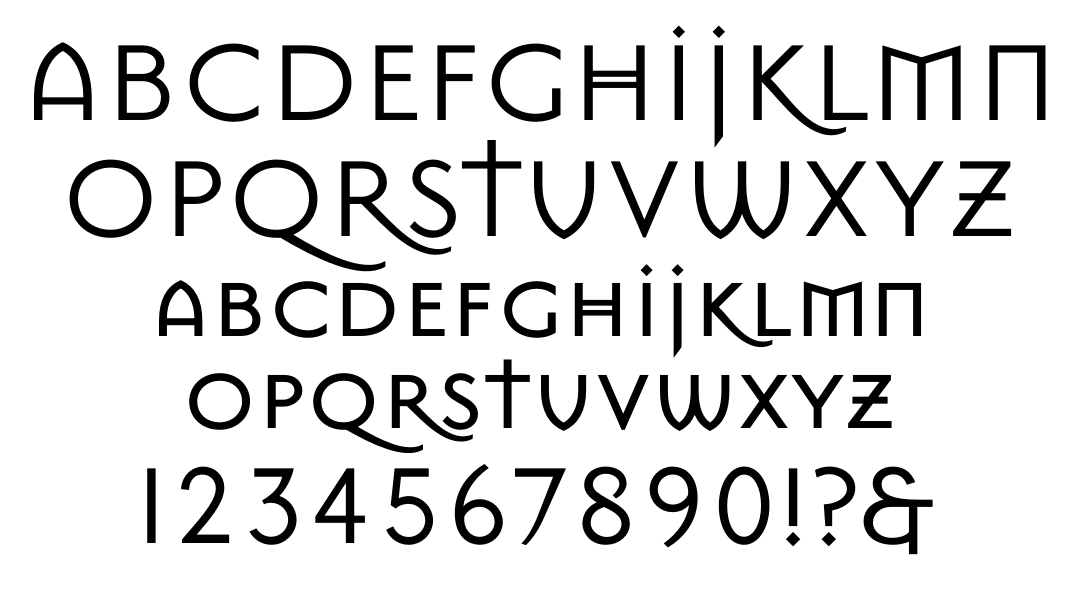
Foundries like Commercial Type and Hoefler&Co. are constantly creating contemporary typefaces that pay homage to Bauhaus principles while pushing the boundaries of innovation.
Fonts such as Graphik and Gotham, developed by Commercial Type, embrace the Bauhaus ethos of simplicity and universality, offering designers versatile tools for digital communication.

Graphic design inspiration from the Bauhaus movement
The original Bauhaus logo

The angular approach and use of geometry in the Bauhaus logo are definitive of the Bauhaus style.
It encapsulates the movement's core principles of simplicity, functionality, and harmony between form and function.
At its heart, the logo is a simple, bold sans-serif typeface—a hallmark of Bauhaus typography—with letterforms constructed using precise geometric shapes.
The design’s squares, rectangles, and circles echo the Bauhaus emphasis on rationality and mathematical precision.
Poster for the 1923 Bauhaus exhibition

This poster by Joost Schmidt for the 1923 Bauhaus exhibition in Weimar is a quintessential example of Bauhaus experimentation with layout and the innovative use of geometric shapes.
Schmidt, a prominent Bauhaus teacher and graphic designer, employed bold visual elements and unconventional compositional techniques to create a poster that advertised the exhibition and embodied the avant-garde spirit of the Bauhaus movement.
At first glance, Schmidt's poster strikes the viewer with its dynamic composition and striking visual impact. The design is characterized by asymmetry and imbalance, achieved through juxtaposing geometric shapes and contrasting colors.
In terms of layout, Schmidt defies traditional conventions by breaking free from the constraints of a grid-based structure. Instead, he arranges the elements of the poster in a seemingly random fashion, with shapes and text intersecting and overlapping in unexpected ways.
Universal Type typeface
Herbert Bayer's Universal Type proposes a revolutionary approach to typography that continues to inspire designers today. Bayer's concept of Universal Type was not merely a new typeface but a comprehensive communication system—a radical departure from traditional typographic conventions that emphasized flexibility, functionality, and universality.
One of the key innovations of Bayer's Universal Type was its single-case design, which eliminated the distinction between uppercase and lowercase letters. This departure from the traditional dual-case system was groundbreaking in its simplicity and efficiency, allowing for greater legibility and clarity in written communication.
In addition to its single-case design, Bayer's Universal Type embraced geometric forms and clean lines that added visual interest and enhanced readability and coherence.

An experiment with typophoto
László Moholy-Nagy's was a pioneer in exploring the potential of photography as a tool for graphic design—a practice he termed "typophoto."

At the heart of Moholy-Nagy's typophotographic experiments was a fusion of typography and photography, blending the two disciplines to create dynamic, visually striking compositions.
One of the key innovations of Moholy-Nagy's typophotographic experiments was his use of photomontage—a technique that involved combining multiple photographic images to create a single composition.
By blurring the lines between typography and photography, Moholy-Nagy challenged designers to rethink their approach to visual communication, encouraging them to embrace new technologies and techniques.
The Bauhaus curriculum
The visual design of the Bauhaus curriculum revolutionized art education. By starting with an understanding of form and having the opportunity to play with many materials and disciplines, students naturally gravitated toward the disciplines where their interests and talents were best suited.

Bauhaus exhibition poster

Herbert Bayer's design for a Bauhaus exhibition poster exemplifies experimentation with white space and primary colors coming together to create a minimalist yet vibrant aesthetic.
Collage by Grete Reinhardt

Grete Reinhardt was a key figure in developing collage as a medium for artistic expression by juxtaposing disparate images, textures, and materials.
Incorporating these everyday materials into her artwork, Reinhardt added layers of meaning and context. It transformed ordinary objects into works of art that spoke to the cultural and social realities of the time.
László Moholy-Nagy’s City Lights (Die Lichter der Stadt)
László Moholy-Nagy's artwork "City Lights" (German: "Die Lichter der Stadt"), created in 1930, encapsulates his exploration of light, movement, and urban life.

One of the most striking aspects of "City Lights" is its use of photomontage, creating a sense of depth and complexity that immerses the viewer in the chaotic beauty of the urban landscape.
"City Lights" also carries profound symbolic significance, meditating on the transformative power of technology and the human experience in the modern age.
How to apply Bauhaus style to your graphic design
We’ve just touched the surface of what Bauhaus can offer graphic designers looking to incorporate the principles of this groundbreaking movement into their work. Start by playing with geometry, color theory, minimalism, and functionality. Incorporate unique fonts into your work that creates a reference to your past, while steering your designs into the future.
Who knows, you might discover a whole new approach to your design work and creative process?
Explore the elements of Bauhaus design with Linearity Curve and Linearity Move—our design and animation software that brings ideas to life in a few clicks.
Linearity offers thousands of free design templates, vast image and vector stock libraries, and compatibility with other design software. Make your design workflow smoother than you ever imagined. There’s no better time to get started with Linearity.
Learn more about our lifetime annual discount for early adopters.
Frequently asked questions
What’s Bauhaus graphic design?
Emphasizing experimentation and collaboration, the Bauhaus curriculum encouraged students to engage with new technologies and materials while fostering a dedication to the crafts and skills of the past. It was a revolutionary time for graphic design.
Typography, layouts, and the use of shape and color were being reimagined in a way that has significantly impacted graphic design well into the 21st century.
What are the core principles of Bauhaus graphic design?
Bauhaus-style graphic design is grounded in the integration of form and function, emphasizing simplicity, geometric shapes, and a harmonious balance between aesthetics and usability.
The core principles include the use of primary colors, clean lines, and sans-serif typography to create clear, visually compelling designs.
The movement advocated for the unification of art, craft, and technology, suggesting that good design should be accessible to all and cater to the needs of society.
How did Bauhaus influence modern typography?
Bauhaus had a profound impact on modern typography by promoting the use of sans-serif fonts, which were seen as more legible and functional than their serif counterparts. The movement introduced minimalist typographic designs that focused on readability and simplicity.
Key figures such as Herbert Bayer and Josef Albers explored new typographic layouts and font designs, including the creation of universal typefaces that aimed to be clear and applicable across various media. This led to the widespread adoption of Bauhaus principles in digital design and branding.
Can you give examples of Bauhaus-inspired graphic design in contemporary media?
Contemporary media is replete with examples of Bauhaus-inspired graphic design. Brands like Google, Apple, and Adobe frequently employ minimalist design elements reminiscent of the Bauhaus style, including clean lines, geometric shapes, and a restrained color palette.
Poster designs, website layouts, and even mobile app interfaces often reflect Bauhaus principles through their use of grid systems, sans-serif fonts, and a focus on user-friendly design.
Additionally, the resurgence of vintage and retro styles in advertising and social media has further popularized Bauhaus aesthetics in the digital age.
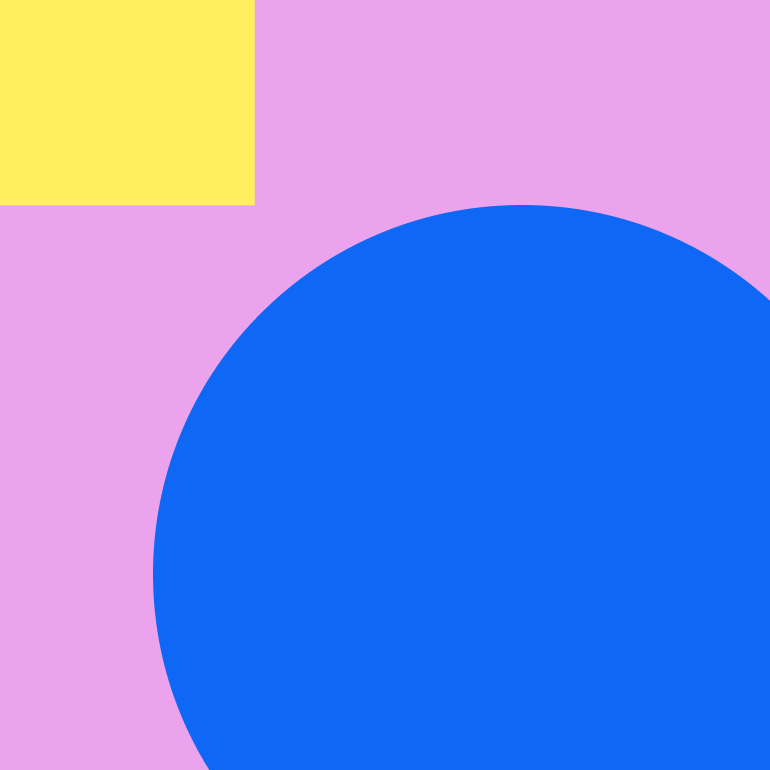
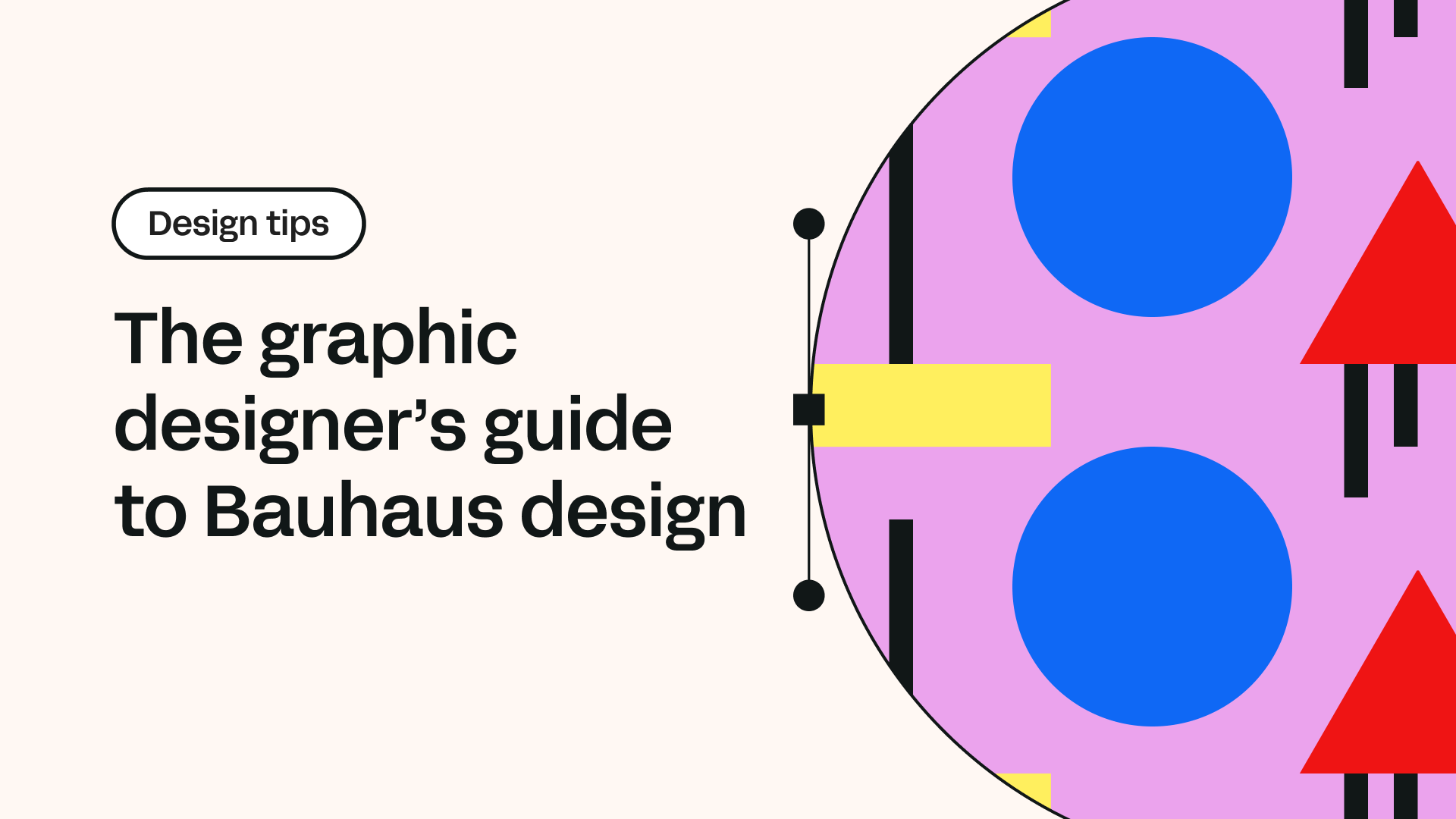
Share this!
Ben Barnhart
Ben is a Content Lead for Linearity living in Berlin. His hobbies include board games, cooking, reading, and writing.


:quality(75))

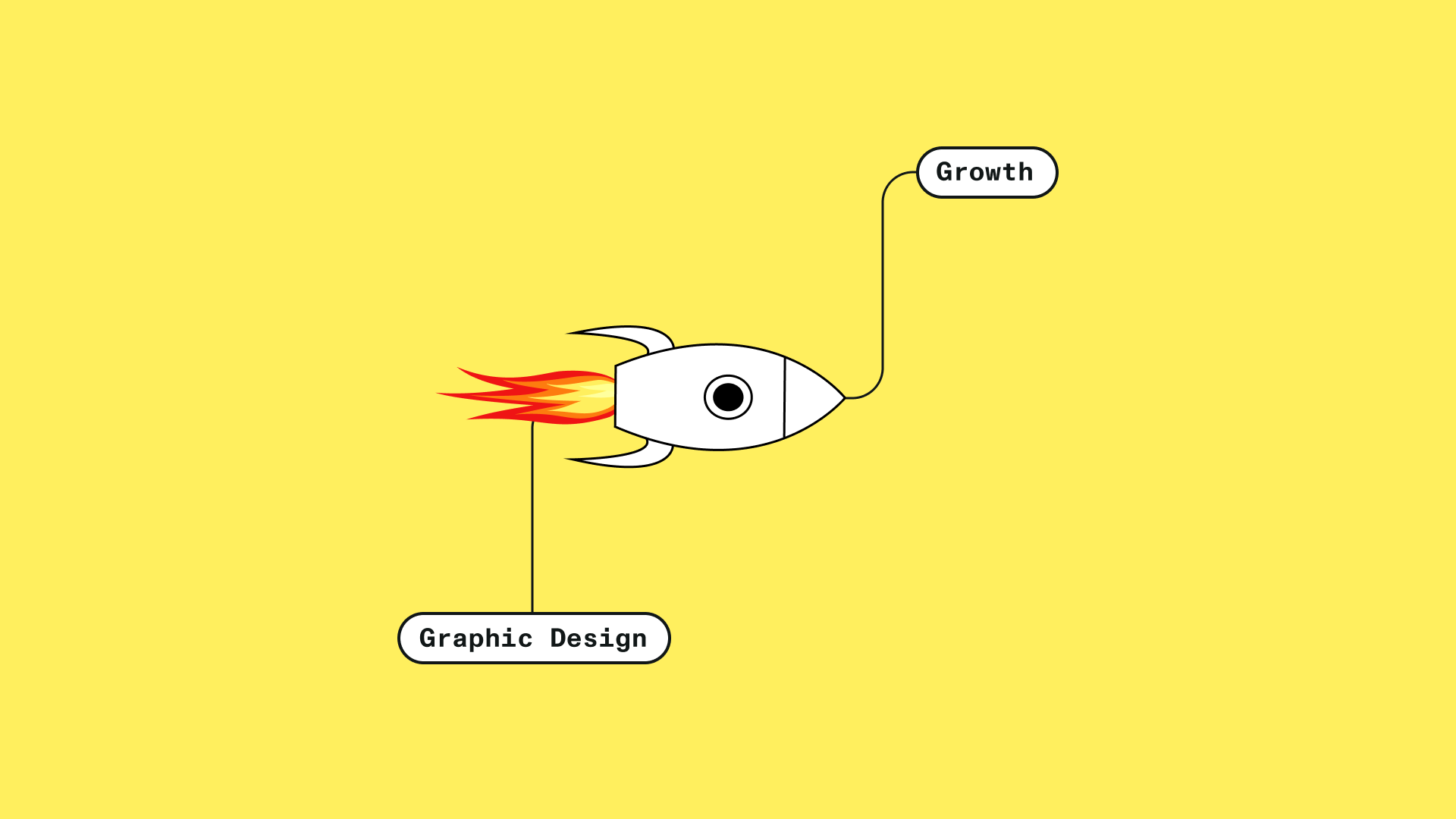

:quality(75))
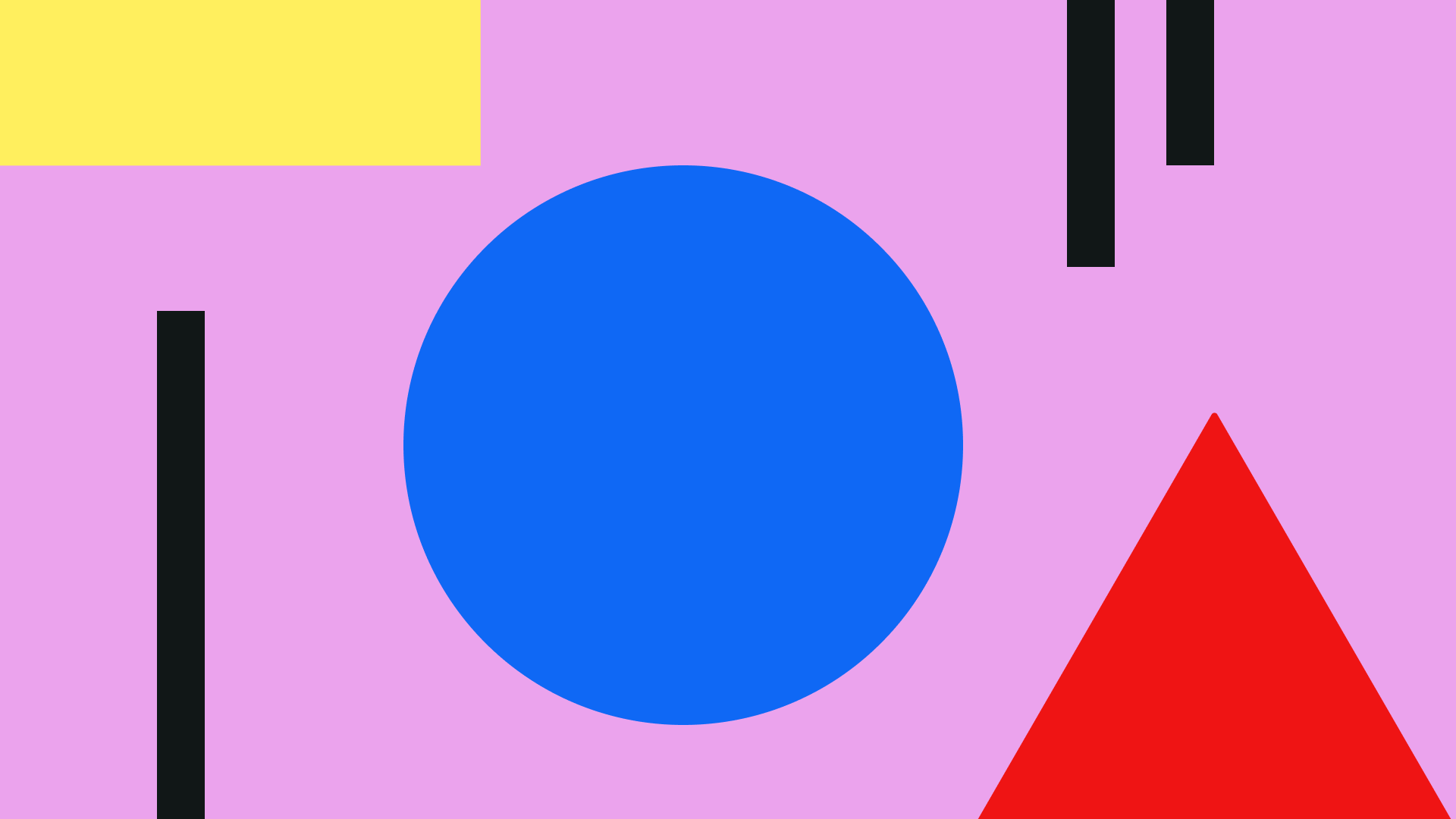
:quality(75))
:quality(75))
:quality(75))
:quality(75))




